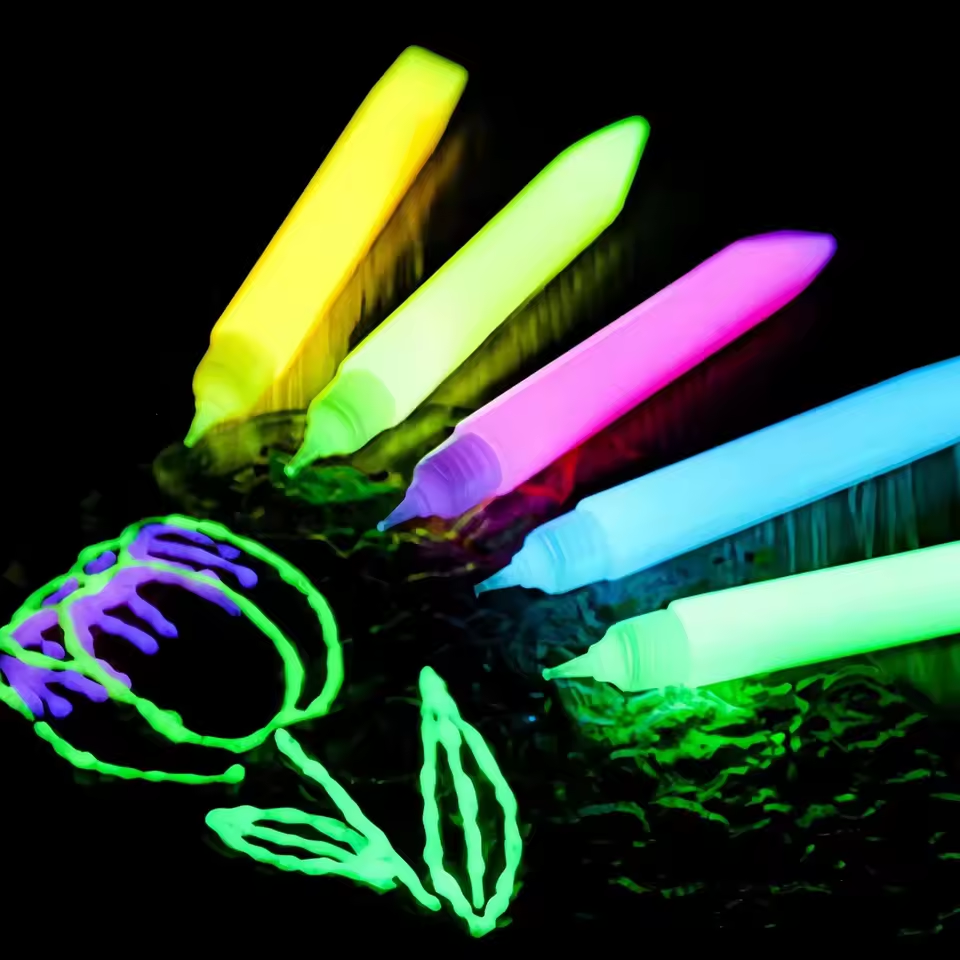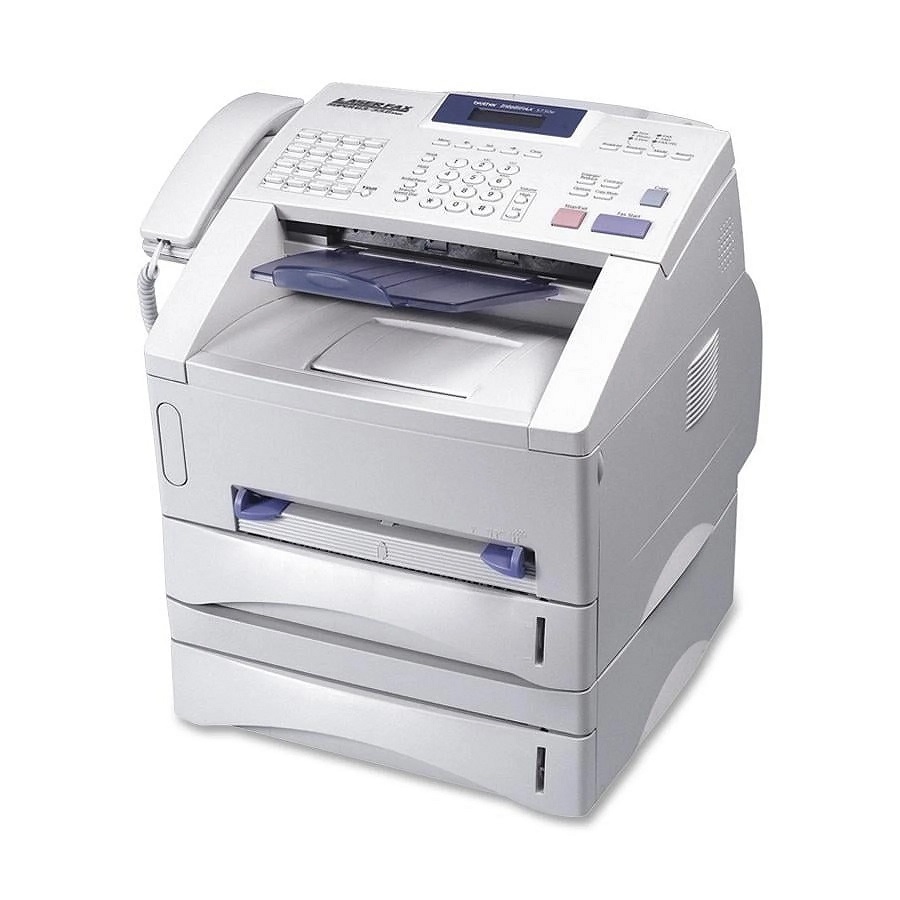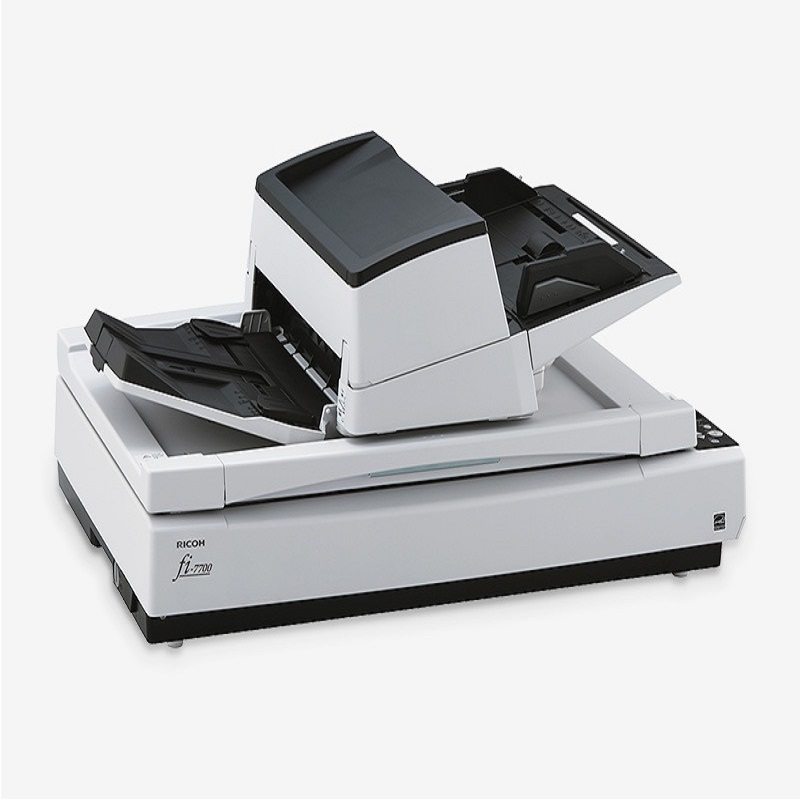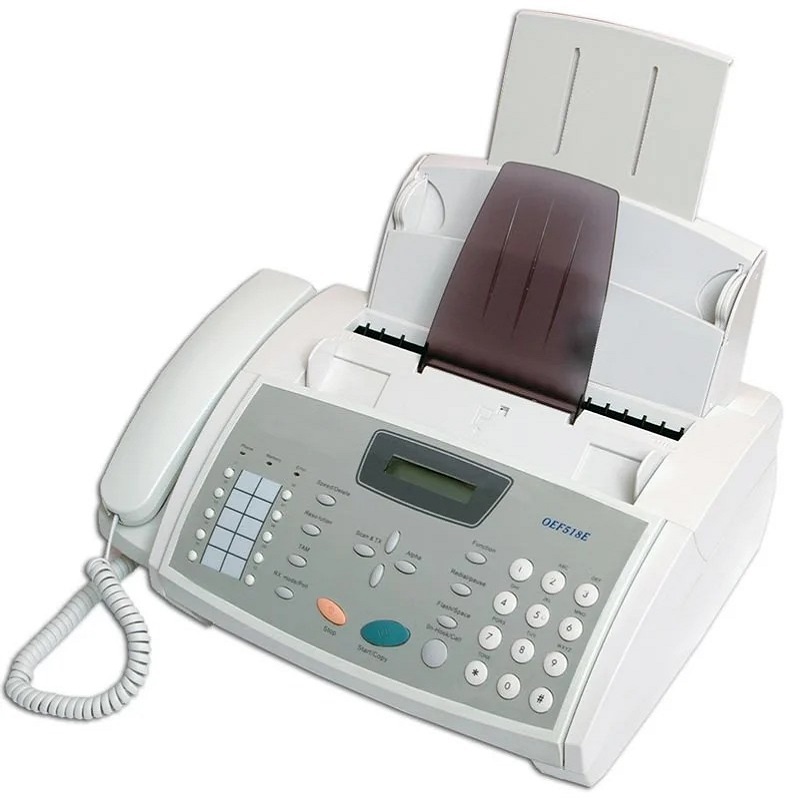How to connect a fax machine? In this digital age, fax machines may seem outdated, but they are still widely used for document transmission in many businesses. If you need to connect a fax machine but are not sure how to go about it, this guide will walk you through the process step by step.
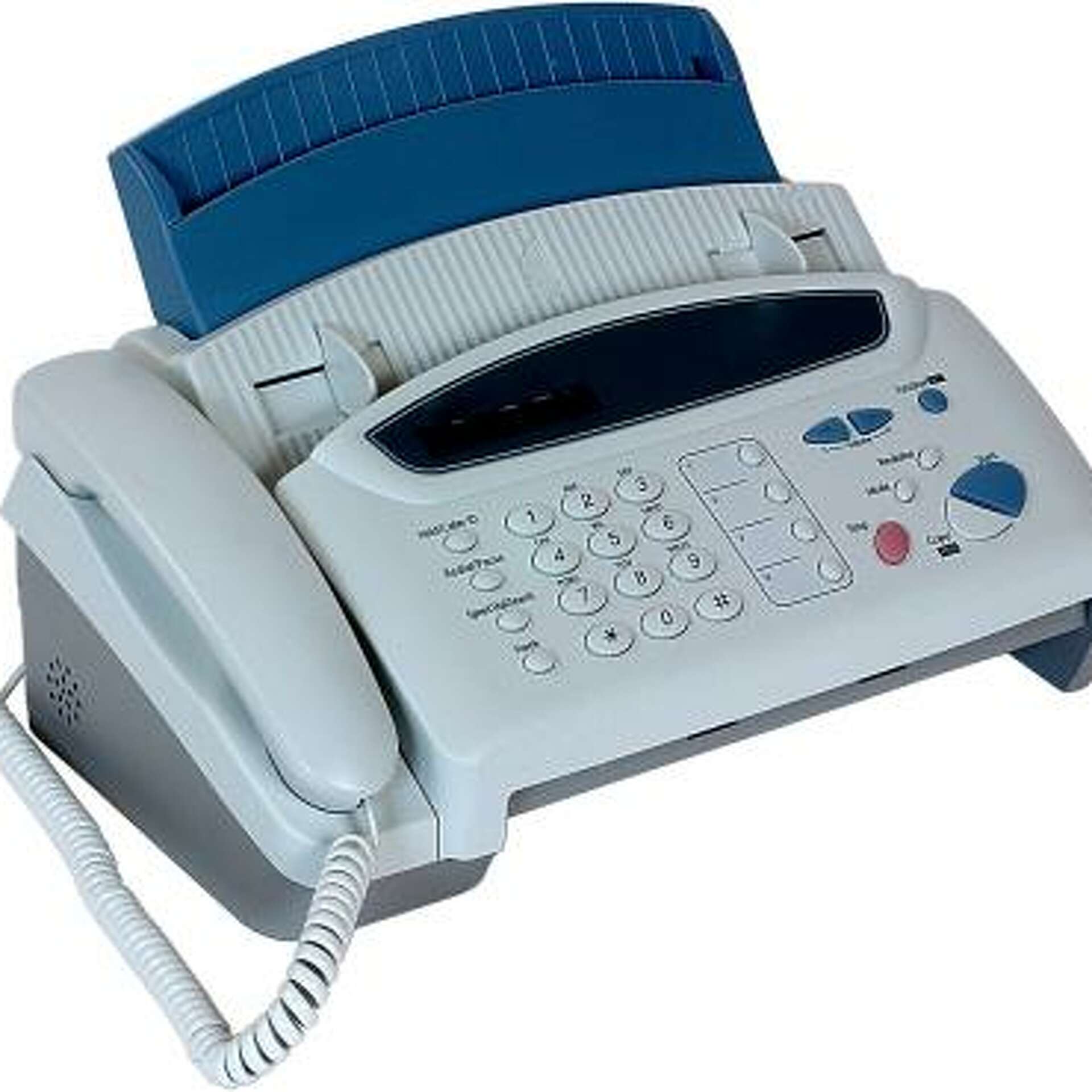
Gathering the Necessary Equipment
Before you can connect a fax machine, you’ll need to gather the necessary equipment. Here’s what you’ll need:
- A working telephone line
- A fax machine
- A power outlet and power cord for the fax machine
- A phone cable with RJ11 connectors
- An available phone jack to connect the fax machine
Once you have all the necessary equipment, you can begin the process of connecting your fax machine.
Connecting the Fax Machine
Step 1: Locate a Phone Jack
The first step in connecting a fax machine is to locate a phone jack. This may be located in your office, near your desk, or in another area of your workplace. Once you have located a phone jack, you can move on to the next step.
Step 2: Plug in the Fax Machine
Next, you will need to plug the fax machine into a power outlet using the power cord that came with the machine. Make sure the power outlet is easily accessible and that there is enough space around it for the fax machine to sit comfortably.
Step 3: Connect the Phone Cable
Now it’s time to connect the fax machine to the phone jack using the phone cable with RJ11 connectors. One end of the phone cable should be plugged into the port on the fax machine labeled “LINE” or “INPUT,” and the other end should be plugged into the phone jack.
Step 4: Test the Connection
After connecting the fax machine, it’s a good idea to test the connection to ensure everything is working properly. You can do this by sending a test fax to a friend or colleague and asking them to confirm that they received it.
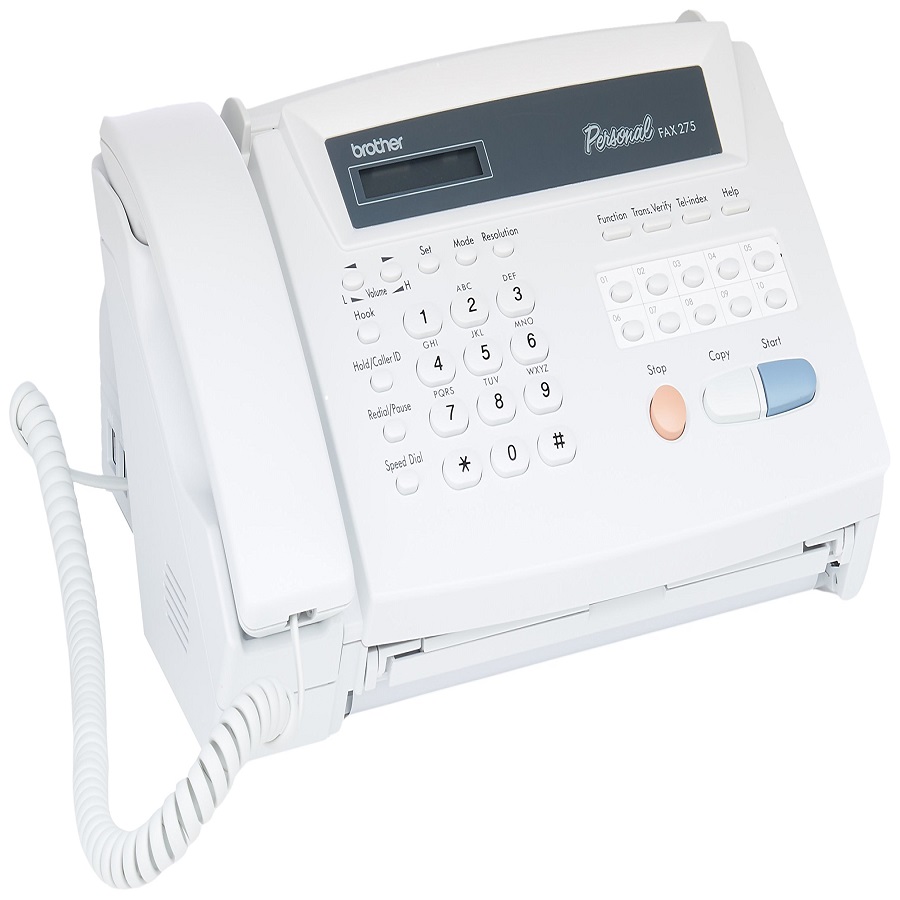
Configuring the Fax Machine
Once you have successfully connected your fax machine, you may need to configure it to work with your specific phone system. Here are some additional steps you may need to take:
Step 5: Set the Fax Machine to Send/Receive Mode
Most fax machines have settings for sending and receiving faxes. You will need to set the machine to the appropriate mode, depending on whether you are sending or receiving a fax.
Step 6: Program the Fax Machine
You may need to program the fax machine with your phone number, company name, and other information that will be printed on outgoing faxes. This information can usually be entered through the machine’s control panel or menu system.
Step 7: Set the Fax Header
Some fax machines allow you to customize a header that will be added to each page of the fax. This may include your company name, phone number, and other relevant information. Check the user manual for your specific fax machine for instructions on setting up the fax header.
Test the Fax Machine
Once you have connected and configured your fax machine, it’s important to test it to ensure that it is working properly. Here are some steps you can take to test your fax machine:
Step 8: Send a Test Fax
Send a test fax to a friend or colleague and ask them to confirm that they received it. Make sure to double-check the fax number and any other information before sending the test fax.
Step 9: Receive a Test Fax
Ask a friend or colleague to send you a test fax so you can confirm that the fax machine is able to receive incoming faxes. Make sure the fax machine is set to the correct mode for receiving faxes before you ask someone to send the test fax.
Advantages of fax machine
In today’s world of digital communication, fax machines may seem like an outdated technology. However, they still offer many advantages that make them a useful tool in many businesses and organizations. From their reliability to their security features, fax machines continue to play a valuable role in transmitting documents.

Reliability and Accessibility
One of the primary advantages of fax machines is their reliability. Unlike email or other digital forms of communication, faxes are not subject to internet outages or server failures. This means that important documents can be transmitted without the risk of them getting lost or delayed due to technical issues. Additionally, fax machines are widely accessible, as they can be found in most offices and are compatible with a wide range of devices. This makes it easy to send and receive faxes from almost anywhere, without the need for complicated setup or specialized equipment.
Legal and Security Considerations
Another important advantage of fax machines is their adherence to legal and security standards. In many industries, such as healthcare and finance, fax machines are still the preferred method of transmitting sensitive information due to their compliance with privacy regulations. Fax transmissions are secure and can be easily encrypted to protect the confidentiality of the documents being sent. This level of security is crucial for organizations that handle confidential or proprietary information, and gives fax machines a distinct advantage over other forms of communication.
Ease of Use
Fax machines are also known for their ease of use. Sending a fax is a straightforward process that doesn’t require any special training or technical expertise. This makes them accessible to all employees, regardless of their level of digital literacy. Additionally, with the rise of multifunction printers that include fax capabilities, the process of faxing has become even more streamlined and integrated into everyday office operations. This means that employees can send and receive faxes without having to rely on external services or complicated technology.
Document Quality
When it comes to transmitting documents, fax machines offer a level of quality and clarity that may not always be achieved with digital communication. Unlike email or other digital files, faxes produce hard copies that can be easily stored and preserved. This is especially important for legal or contractual documents, where having a physical copy is essential. Additionally, fax machines are known for their ability to transmit handwritten signatures and other original documents with a level of detail that may be lost in a digital format.
Cost-Effectiveness
Despite the perception that fax machines are outdated. They still offer an affordable and cost-effective solution for transmitting documents. Unlike other forms of communication that may require subscription fees or additional services. Fax machines have a one-time cost and minimal ongoing expenses. Additionally, the use of fax machines eliminates the need for paper-based postage and delivery services. Which can add up to significant savings over time. This makes fax machines a practical option for businesses that are looking to streamline their communication processes without breaking the bank.

Conclusion
Connecting a fax machine may seem daunting at first. But with the right equipment and a little bit of know-how, it can be a relatively straightforward process. By following the steps outlined in this guide. You should be able to successfully connect and configure your fax machine for sending and receiving faxes. If you encounter any difficulties. Be sure to refer to the user manual for your specific fax machine for additional guidance. With your fax machine properly connected. You’ll be able to send and receive important documents with ease and convenience.



